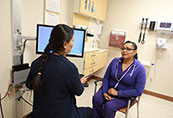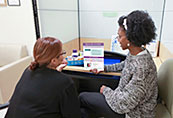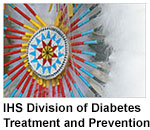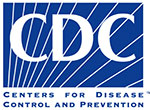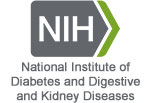Diabetes Standards of Care and Resources for Clinicians and Educators
Diagnosing Type 2 Diabetes and Identifying Prediabetes
The American Diabetes Association and the World Health Organization have established uniform criteria for diagnosing type 2 diabetes and identifying people with prediabetes. Type 2 diabetes can be diagnosed in one of four ways: measuring A1C, fasting plasma glucose, and random plasma glucose levels or performing an oral glucose tolerance test. Risk assessment tools are available to determine whether an individual should be tested for diabetes or prediabetes.
Resource Links
Diabetes Care Topics
Recommendations At-a-Glance
for All Topics
for All Topics
» Online version
» Print version [PDF – 269 KB]



